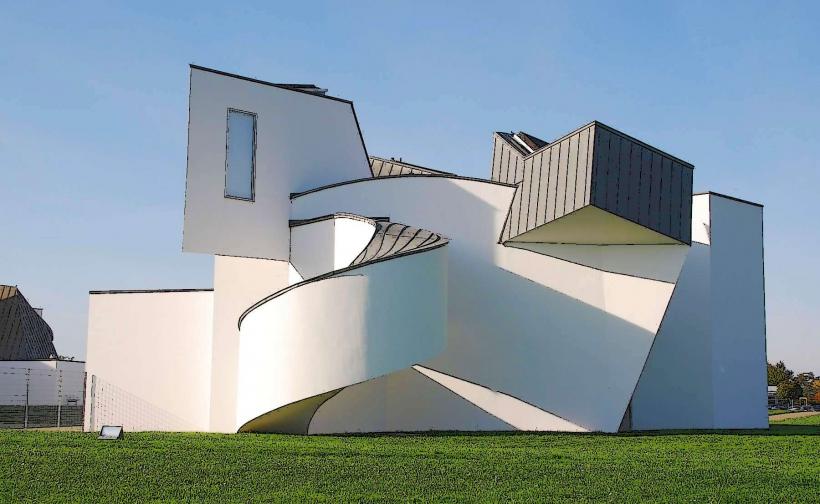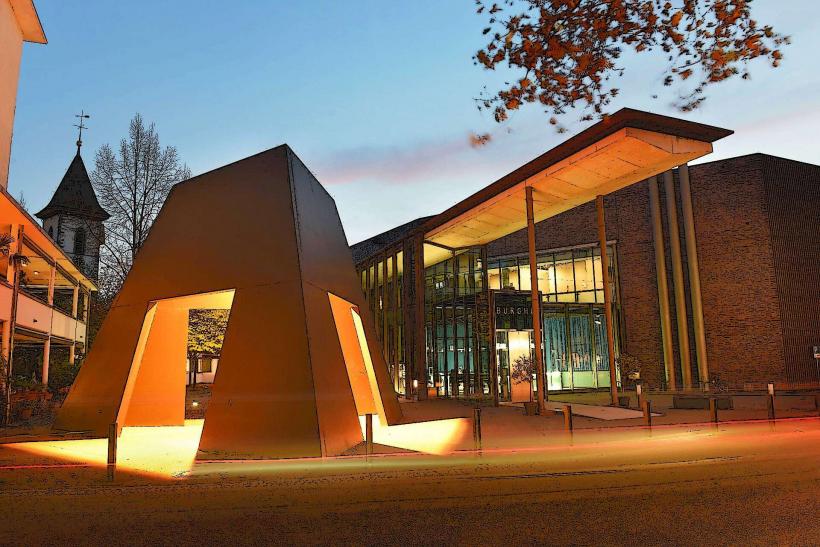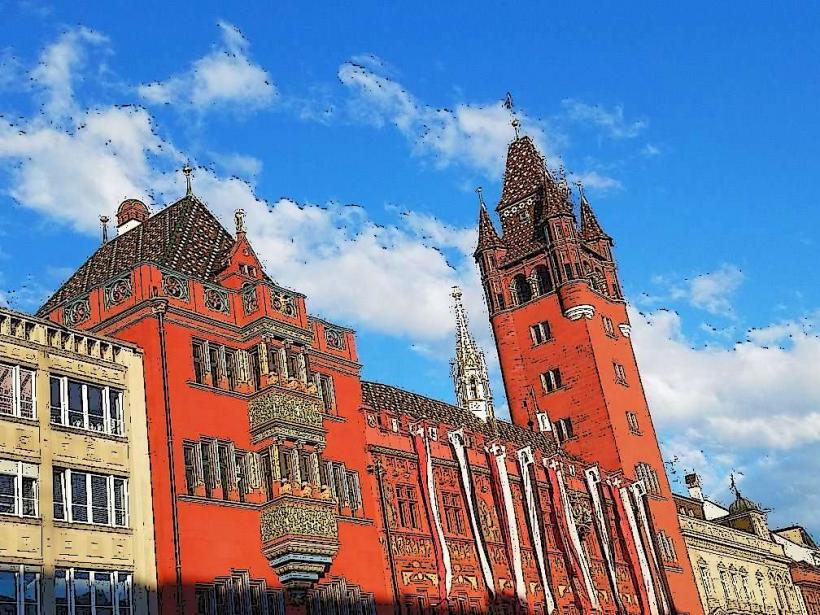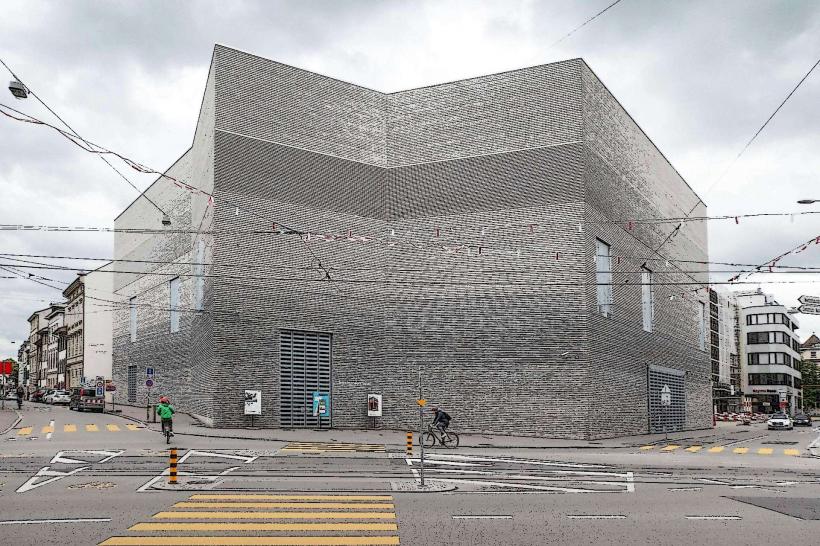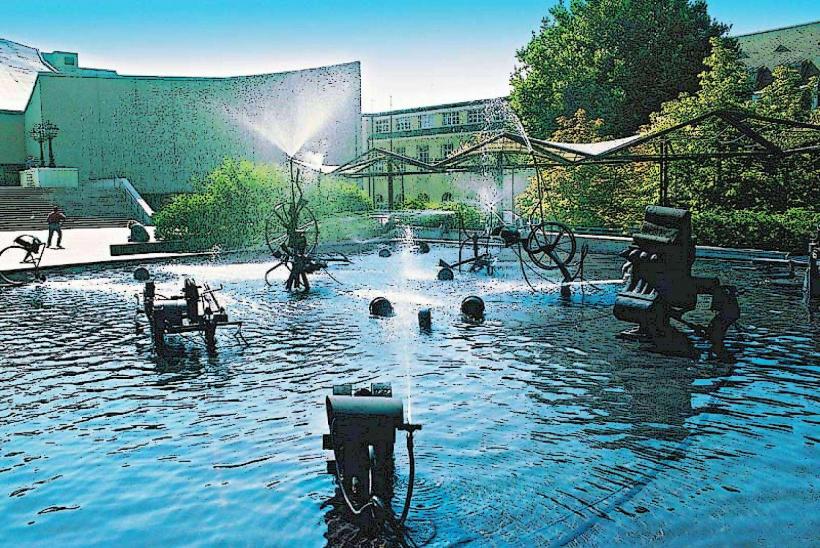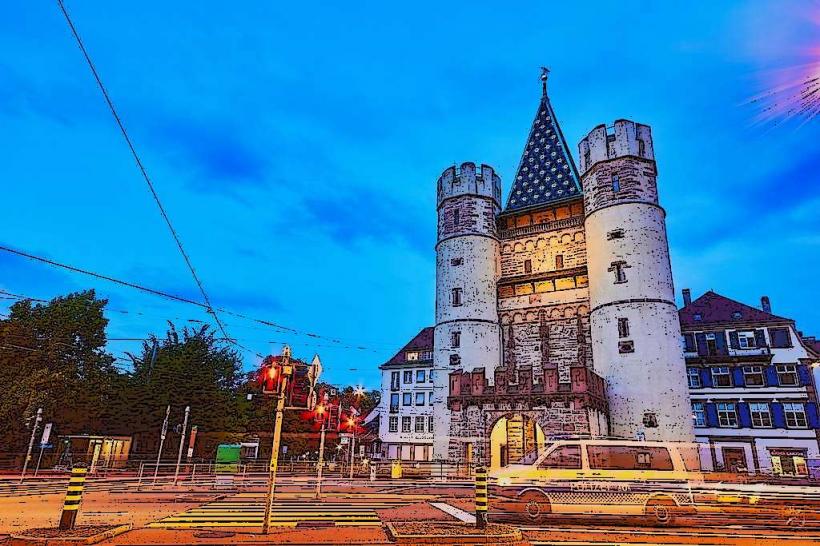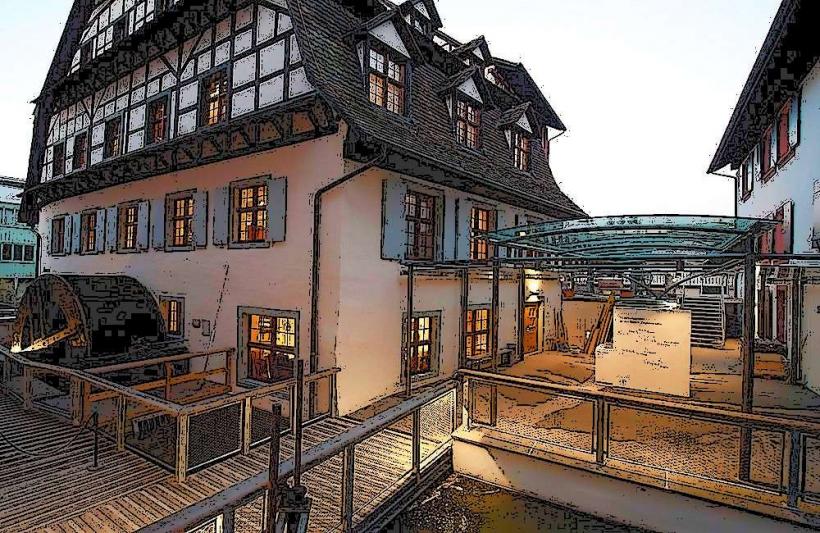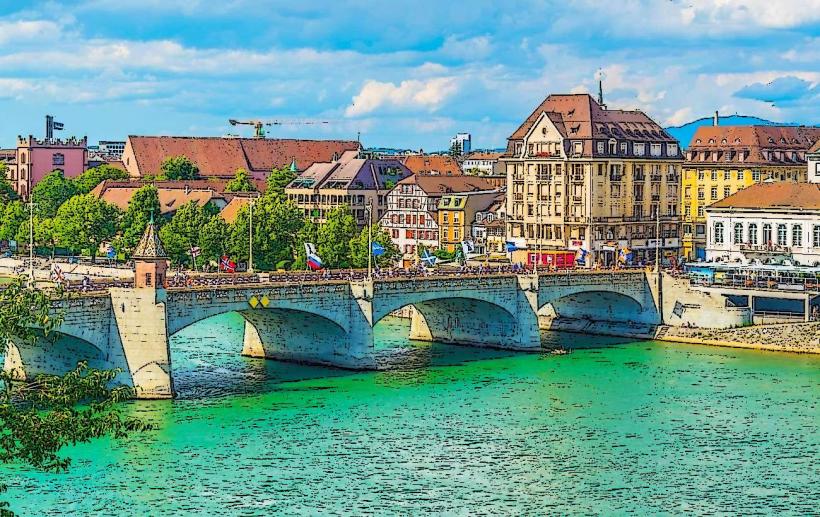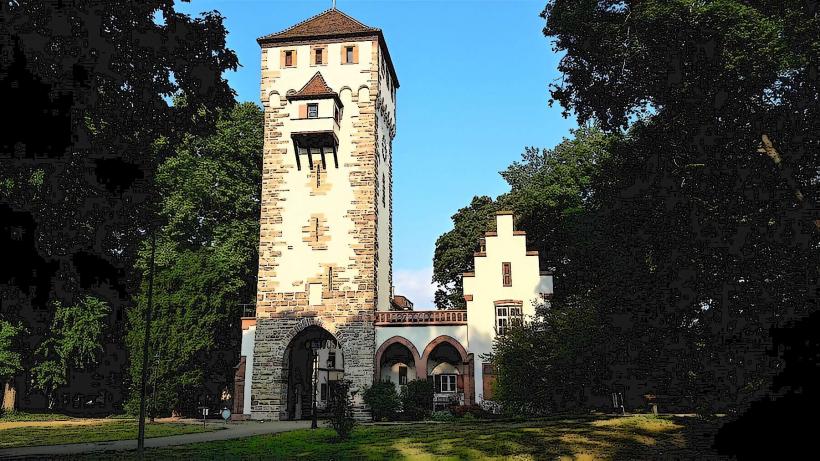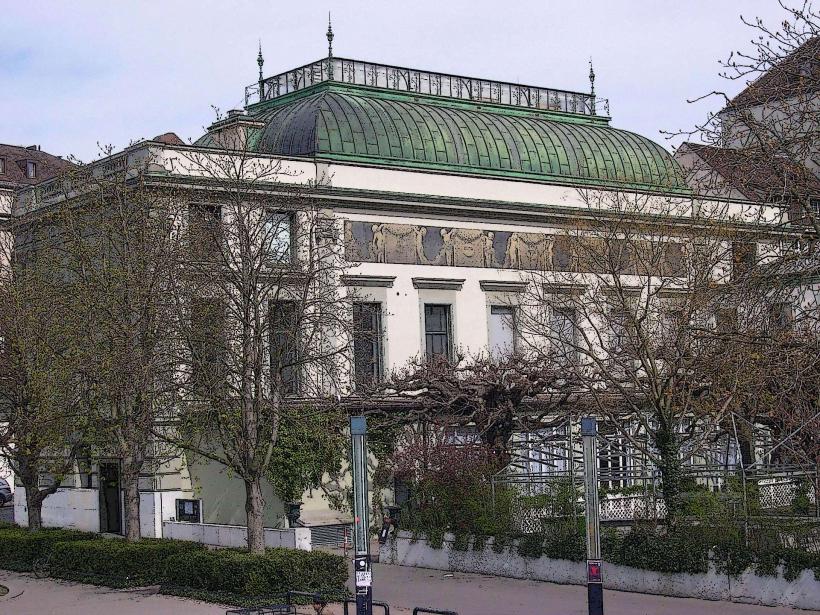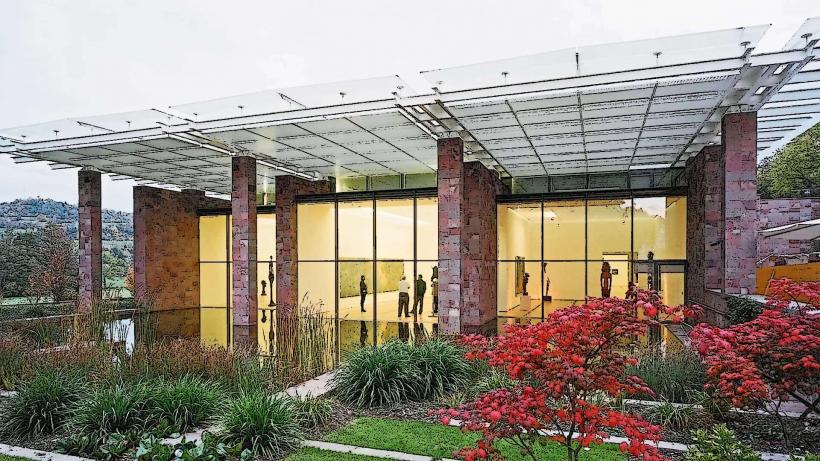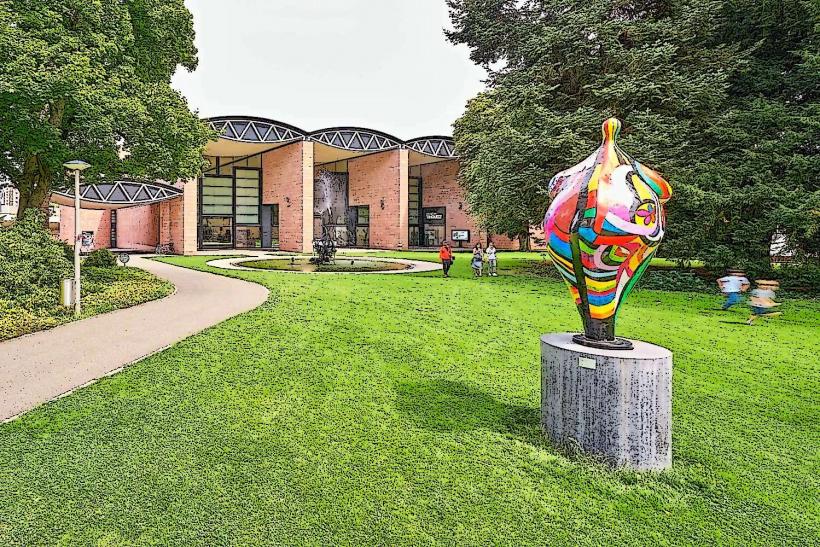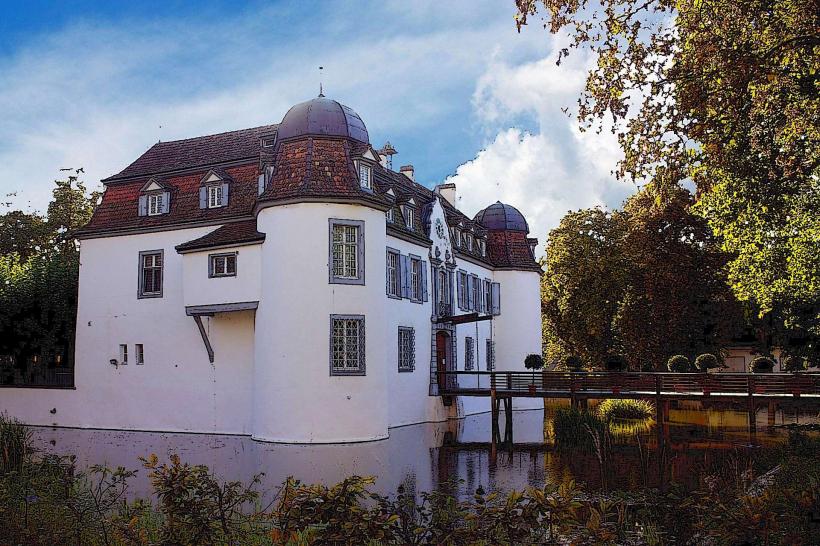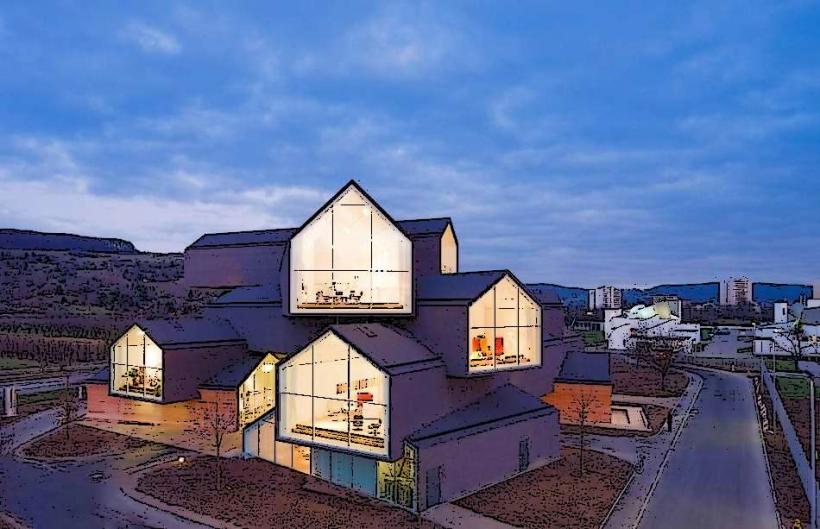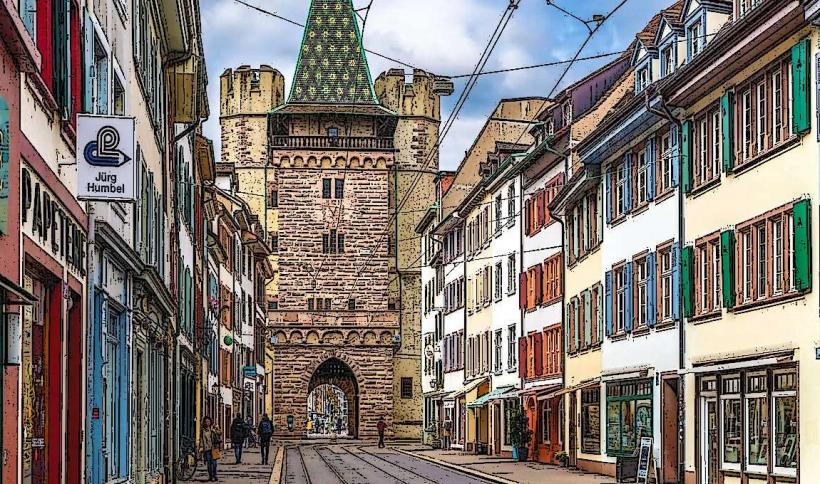Information
Landmark: Mittlere BruckeCity: Basel
Country: Switzerland
Continent: Europe
The Mittlere Brücke (Middle Bridge) is one of the most iconic and historically significant bridges in Basel, Switzerland. Spanning the Rhine River, it serves as a major crossing point between the Old Town (Altstadt) of Basel and the district of Kleinbasel. The bridge is not only a key piece of infrastructure but also a symbol of Basel’s historical development and its connection to the Rhine as both a trade route and a cultural hub.
History and Construction
First Bridge (1225): The Mittlere Brücke has a long history, with the first wooden bridge at the same location dating back to 1225. The bridge played a critical role in connecting the two sides of the city, facilitating trade and travel along the Rhine River.
Medieval Importance: The original bridge was part of Basel’s fortifications and served as a vital link in the medieval city’s defenses. It helped control access across the river and played an important role in the city’s economic life. As Basel grew in importance as a trading center, the bridge became a key point for the movement of goods and people.
Reconstruction (1400s): Due to the wear and tear of time, the original wooden bridge was replaced by a stone bridge in the 14th century (around 1400). The new bridge was constructed from sandstone, with a more solid structure that could withstand the forces of the river and the growing traffic in the city.
Bridge Destruction and Reconstruction (19th Century): The original stone bridge was destroyed during a flood in 1817 and was rebuilt by Karl Friedrich Schinkel in 1836. The current bridge is based on this reconstruction and retains the traditional stone arch design with five arches.
Architecture
Stone and Arches: The bridge is a stone arch bridge, with five spans supported by massive piers that stand in the riverbed. The arches are designed to allow water to flow freely beneath the bridge during floods, and the bridge’s construction showcases traditional medieval engineering and design principles.
Design Evolution: While the bridge itself has been rebuilt and renovated several times throughout the centuries, its overall design has remained largely consistent. The medieval stonework gives it an enduring, historic character, while later additions (like the widening of the bridge in the 19th and 20th centuries) have modernized it to accommodate more vehicles and pedestrians.
Bridge Towers: Like many bridges of the medieval era, the Mittlere Brücke was equipped with tower-like structures at both ends, serving as defensive positions or gates. Today, the bridge no longer has these towers, but the historical significance remains.
Significance in Basel
Connecting Old and New Basel: The Mittlere Brücke connects the Altstadt (Old Town) of Basel, which is known for its medieval streets and historic buildings, with Kleinbasel, the district across the river that grew in the later centuries. This connection has made the bridge an essential part of the city’s daily life, facilitating movement between different parts of Basel.
Symbol of Basel’s History: As one of the oldest bridges in Basel, the Mittlere Brücke is a key symbol of the city’s history and development. The bridge marks a crossing point between different eras in Basel’s past—from the medieval period through to the Renaissance and the modern age.
Strategic Location: The bridge’s location on the Rhine River has been crucial in Basel’s history as a trade center. Basel was historically an important city for commerce and transport, and the Mittlere Brücke played a key role in allowing the movement of goods across the river. It was especially important in the medieval and Renaissance periods when the Rhine served as a major waterway for trade routes between Switzerland, Germany, and the Netherlands.
Modern Role
Traffic and Transport: Today, the Mittlere Brücke continues to serve as an important transportation route. It is heavily used by both vehicles and pedestrians. The bridge is part of the city’s central road network, connecting the city center with the Kleinbasel district. It is particularly important for commuters and visitors traveling between the historic parts of Basel and the more modern commercial areas of the city.
Tourism and Scenic Views: The bridge offers beautiful views of the Rhine River and the surrounding city. From the Mittlere Brücke, visitors can see the picturesque Basel Minster on the hill, as well as the historic buildings of the Old Town. The bridge is a popular location for tourists and photographers who wish to capture the beauty of Basel’s architecture and riverfront.
Cultural Significance: The Mittlere Brücke is not just a functional structure but also a cultural landmark. It has inspired various artists, writers, and photographers due to its historical charm and strategic location within the city. It has become an iconic representation of Basel’s unique character, blending medieval heritage with modern urban life.
Nearby Attractions
Basel Minster: Just a short walk from the Mittlere Brücke, Basel Minster is a stunning Gothic cathedral that stands atop a hill overlooking the Rhine River. The cathedral is one of Basel’s most famous landmarks and offers panoramic views of the city.
Rheinpromenade: On either side of the Mittlere Brücke, the Rheinpromenade (Rhine Promenade) runs along the river, providing a beautiful walkway for pedestrians to enjoy the scenery and visit cafes and shops. This area is perfect for leisurely strolls and enjoying views of the river and cityscape.
Kleinbasel: Across the river from the Old Town, the district of Kleinbasel offers a vibrant, diverse atmosphere with plenty of restaurants, bars, and shops. This area is also home to several cultural institutions and museums.
Basel’s Old Town: Just beyond the Mittlere Brücke, visitors can explore Basel’s Old Town, a maze of medieval streets, historic buildings, and public squares. Some of the city’s most important cultural landmarks, including the Town Hall and Kunstmuseum Basel, are within walking distance.
Conclusion
The Mittlere Brücke is more than just a functional bridge in Basel—it is a vital piece of the city's history, connecting its medieval roots with the modern-day city. With its rich historical background, striking architecture, and role in facilitating both transport and cultural exchange, the bridge remains a central landmark in Basel. It continues to be an essential part of daily life for both locals and visitors, offering a stunning gateway into the heart of the city and a glimpse into its historic past.

